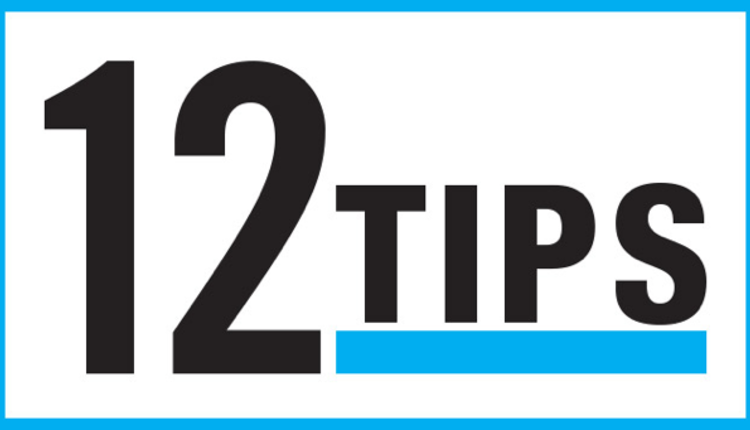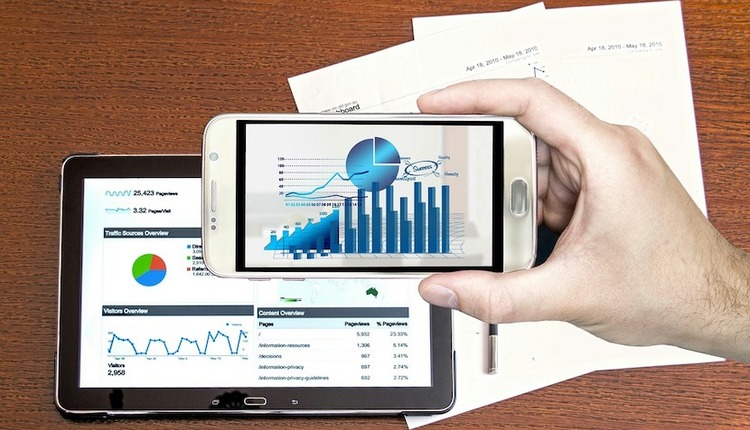
Customer preference is about doing business with the customer—in a way that works for the customer. So, why do most conversations about customer preference almost instantly turn into discussions about technology? Perhaps it’s time to break out of our comfort zone and explore some business-related aspects of customer preference that the customer actually cares about.
Where we are
In our industry, we talk a lot about customer preference. It is very natural for us to explore how businesses can smartly guide, manage and direct customers to the most appropriate communication channels. We talk about managing customer experiences, curating a customer journey and optimizing multi-channel touchpoints. Since many of us are involved with changing technology, we frame customer experience by the inputs, outputs and projects that are familiar to us. We too often think about technology first and the customer last.
However, customer preference can be profoundly improved by breaking down barriers upstream from customer communications. A root cause of many customer experience issues is often limitations of upstream core systems that weren’t built to truly consider the needs of the customers.
Our conversation around customer preference is most often about letting a customer identify a channel of choice. We talk about channel of choice being a customer experience improvement on one hand and a great way to manage costs on the other, but there are many other ways that individual customers would like to have their preferences addressed, including:
Where we are
In our industry, we talk a lot about customer preference. It is very natural for us to explore how businesses can smartly guide, manage and direct customers to the most appropriate communication channels. We talk about managing customer experiences, curating a customer journey and optimizing multi-channel touchpoints. Since many of us are involved with changing technology, we frame customer experience by the inputs, outputs and projects that are familiar to us. We too often think about technology first and the customer last.
However, customer preference can be profoundly improved by breaking down barriers upstream from customer communications. A root cause of many customer experience issues is often limitations of upstream core systems that weren’t built to truly consider the needs of the customers.
Our conversation around customer preference is most often about letting a customer identify a channel of choice. We talk about channel of choice being a customer experience improvement on one hand and a great way to manage costs on the other, but there are many other ways that individual customers would like to have their preferences addressed, including:
- Financial arrangements
- Relationship intensity
- Information level
Well before the personal computer (PC) was invented, the coupon book was patented in 1928. As far back as the 1920s, monthly billing was the norm because it was easiest for the company to produce. That set the standard for at least a century.
However, let’s consider billing from the customer’s perspective for a moment:
- Not all customers get paid on the same schedules
- Not all customers prefer the same payment methods
- Customers value convenience differently
- Customers perceive discounts differently
In the 1980s and 1990s, print technology and software advanced significantly in a very short period of time—soon, coupon books transformed into monthly statements with billboard messages. Color and personalized messages were added as well. Yet, the monthly billing cycle remained. This persists into many upstream processes. Amazing as it is, the billing cycle in 2015 is still being dictated by technology on the supplier side instead of the recipient’s preferences.
For example, there are some customers who would prefer to set their billing interval to their income frequency. A business that met this preference would eliminate stress in months where a paycheck arrives later than normal. A customer who is paid every other week could be billed every other week, eliminating some planning and savings risk to both the customer and the business. This also puts the supplier first in line to collect and reduces collection issues from honest mistakes.
If a customer is interested in paying more often, but in smaller intervals, they may be more inclined to small upgrades, as expressed in a smaller “per period” increase in price. Some customers may be interested in paying slightly more for this convenience. Others may expect a discount for paying more frequently, which, in turn, improves the cash flow for the business.
Relationship intensity
Customers also vary on the level of interaction they are willing to grant to a provider. Some customers are interested in “set it and forget it” automatic payments, choosing to trust the vendor to do their job perfectly. Some customers demand confirmation on everything, because they do not trust their vendors. Other customers may want monthly, weekly, daily or even instant updates.
Many of today’s systems are still designed to treat all customers the same. In 2015, there are still major firms that use PDFs of monthly statements and other documents as their only online presentation. These documents are generated at standard monthly intervals and some are diverted to the archive for online viewing. Even web-only customers will see address blocks and inserter barcodes on their online statements.
Listening to the customer’s preferences on the level of intensity offers the opportunity to communicate with the customer at the right interval. Some customers may want a two-day warning before an automatic deduction via email. Other customers may want a confirmation after a payment is made. Some want both and even more communication.
Information level
While customers have different preferences about payment frequency and communication frequency, they also have different preferences as to how much information they would like to receive. Some customers (like me) look at the summary box. If it’s not shocking, I let the automatic withdrawal go through. If it’s a surprise, I may go through the details.
Back when the iPhone was first introduced, there was an early viral video of iJustine’s 300-page phone bill. This is probably too much information for most people, but others like to search through all of the transactions. In fact, with the availability of dynamic communication technology, users can easily order, filter and locate transactions just by tapping and swiping their fingers on bills presented on the web, tablet or mobile device.
As we know, each customer is unique. Advancements in technology make it entirely possible (and even easy) to tailor communication design to a customer’s desired information level. A few years back, this would have required a customer to answer some survey questions, select a sample statement from an image or otherwise define their specifics. Today, communication usage is measurable and information can be adjusted based on how much time the customer spends interacting with data.
Give them what they want
With all of these varying preferences, it’s time for any industry that communicates frequently with customers—banks, insurers, telecoms, utilities and governments, to name a few—to give the people what they want, how they want it. Customers are individuals who clearly have preferences for financial arrangements, relationship intensity and information level.
It is time to take into consideration how we can meet these preferences and to stop treating customer preference as something as simple as channel choice. Let’s take customer preference all the way to the level of the customer. After all, it is 2015, not 1928.
Scott Draeger is vice president of product management at GMC Software Technology, a leader in customer communications management solutions. For more information, visit www.gmc.net or follow him on Twitter @scottdraeger.















